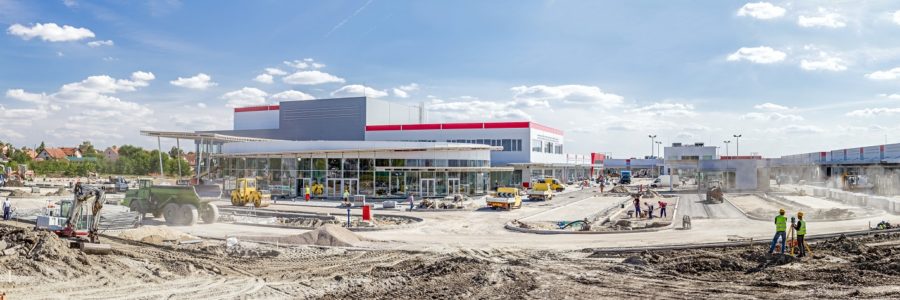VAT Reverse Charge New Rules 2021

New Rules VAT Reverse Charge
The VAT Reverse Charge New Rules 2021 for sub-contractors and building contractors will soon take effect. From 1st March 2021, the VAT reverse charge will change how you have typically been accounting for VAT. How you layout information on your invoices to clients and prepare your VAT returns may change.
The VAT Reverse Charge New Rules 2021 – What is it?
It is where the supplier of construction services does not account for VAT, but the end-client does. The reverse charge means the customer receiving construction services must pay the VAT to HMRC, opposed to the company supplying the service. The end-user will have to recover VAT subject to the standard HMRC procedures.
How will the new rules be applied?
From 1st March 2021, these VAT Reverse Charge New Rules 2021 apply to standard rate VAT or reduced-rate construction services provided by VAT registered companies. If the supplies of service are zero-rated, the reverse charge will not apply. Suppose you or your business don’t make an onward supply of construction services. In that case, you are the end customer, and standard VAT rules are applicable.
If your invoices have CIS and non-CIS registered materials, the new reverse charge will apply to the entire invoice total.
What do you do if you are a sub-contractor?
If you’re invoicing a customer (or contractor) in a supply chain. In that case, you’ll either have to apply the reverse charge or charge VAT as usual. If it’s the reverse charge, the total of your invoice will not include VAT.
The invoice has to state to your contractor or customer that the reverse charge rules have been applied, showing the total amount of output VAT applied (20% if it’s the standard rate of VAT). Your contractor or customer will then need to include that amount on their VAT return. You don’t have to include the reverse charge on your VAT return.
What do you do if you are the main contractor?
If you are the main contractor receiving a VAT reverse charge invoice from a sub-contractor, you should continue to record it as an ordinary expenses invoice and include the input VAT on your next VAT return.
HMRC Guidance https://www.gov.uk/guidance/how-to-use-the-vat-reverse-charge-if-you-supply-building-and-construction-services
We have created a standard invoice template so you are able to visualise what your invoice should look like under the new rules. To download please click here
You’ll also have to account for the reverse charge VAT that your sub-contractor has informed you about. The overall effect on your VAT liability will be neutral as the input VAT covers the output VAT.
If you believe the new reverse charge VAT rules apply to your business, contact us today, we’re here to help you every step of the way. Email us at info@mcgintydemack.co.uk or call 01942322767
